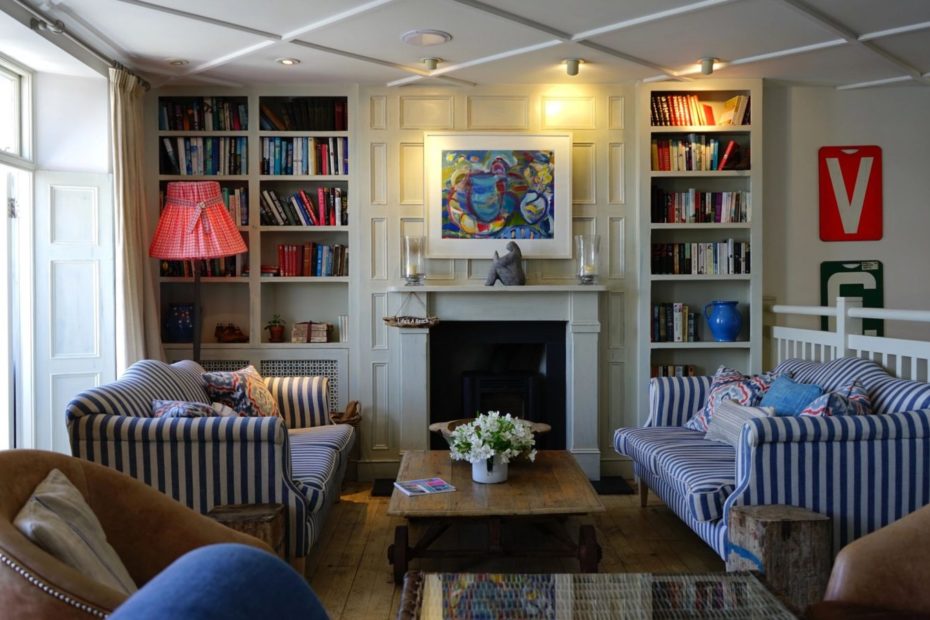Flip through the channels these days and you’re bound to happen upon a show about tiny houses; Tiny House, Big Living, Tiny House Nation and Tiny House Builders, to name just a few of the most popular ones. It’s a movement that extends beyond the television. Many Millennials, Generation Xers and even Baby Boomers are rejecting the idea that bigger is better and embracing the idea of living with less stuff.
In the past, the tiny house movement had been reserved for those willing to hit the open road or live in fairly remote locations. Now, though, that same philosophy has been making its way into the city. “Micro-apartments,” living spaces under 500 square feet, are the latest trend in multifamily construction as more and younger, single professionals look for affordable, centrally located housing in the city.
The term “micro apartment” might conjure images of the dank, turn-of-the-century tenement buildings where families of immigrants were crammed into almost inhumane spaces. These new micro-apartments are all about luxury and design. Large windows let in lots of natural light. Tall ceilings give a sense openness. Innovative ideas allow for complete kitchens, full bathrooms and even dining rooms. Some micro apartments provide butler services, WiFi, custom-built furniture and high-tech hookups.
In case tenants do feel cramped in their relatively small spaces, many complexes are opting for large, beautifully designed common areas where renters can hang out, do yoga and relax in comfort.
Some see the micro-apartment trend as an answer to the affordable housing problem. In many cities across the country, people who make under $75,000 a year are forced to spend more than 30% of their income on rent. Over the past decade, it’s been getting worse, so many cities are willing to experiment with new ideas. In Providence, Rhode Island, developers took an empty mall and built 48 micro units to offer renters a unique living space. New York City suspended a century-old law to allow for the construction of Carmel place, a micro-apartment complex in midtown Manhattan.
In Austin, Texas, they went a step further with Kasita, modular living cubes that can be slid in and out of steel-frame structures to utilize space that would otherwise sit empty in already-developed cities. Each cube is outfitted with the latest tech, from voice-controlled window tinting and built-in sound systems to solar power and Tesla batteries.
It’s a seductive idea, but some see a dark side. You know the law that New York had to suspend to build Carmel Place? It was put there to protect the city from ever allowing its citizens to live in confined “squalor” again. Critics fear that if micro apartments are used only for low-income housing, they will be stigmatized and eventually turned into machines of oppression for the lower classes.
Whether you see micro apartments as cramped shoeboxes or a housing revolution, one thing is for sure: the demand is there. More than 60,000 people applied to live at Carmel Place, and another 93,000 have entered a lottery for another development in Queens. So, for the near future, most cities will be seeing significant new construction of micro-apartment buildings.
